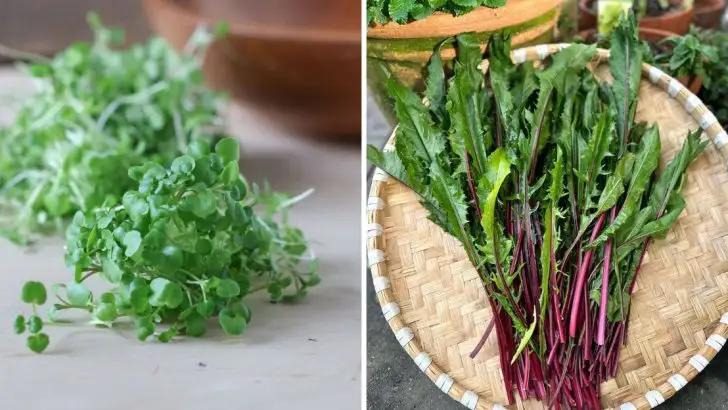If you’re someone who enjoys adding greens to your meals but wants to take things up a notch, you’re in for a treat. There’s a whole world of leafy vegetables that go beyond the usual lettuce, offering far more nutrients and variety for your plates. These greens not only bring an extra punch to your dishes but also offer an exciting twist on your usual salad ingredients. Many of them are packed with vitamins, minerals, and antioxidants that can boost your health in surprising ways.
From leafy herbs to hearty greens, some lesser-known options can easily take the place of lettuce while providing even more nutritional benefits. So, if you’re looking to switch things up in your diet and boost your meals with more vibrant flavors and health benefits, these greens are the way to go. Let’s uncover some of these nutrient-packed powerhouses that deserve a spot in your kitchen.
Watercress
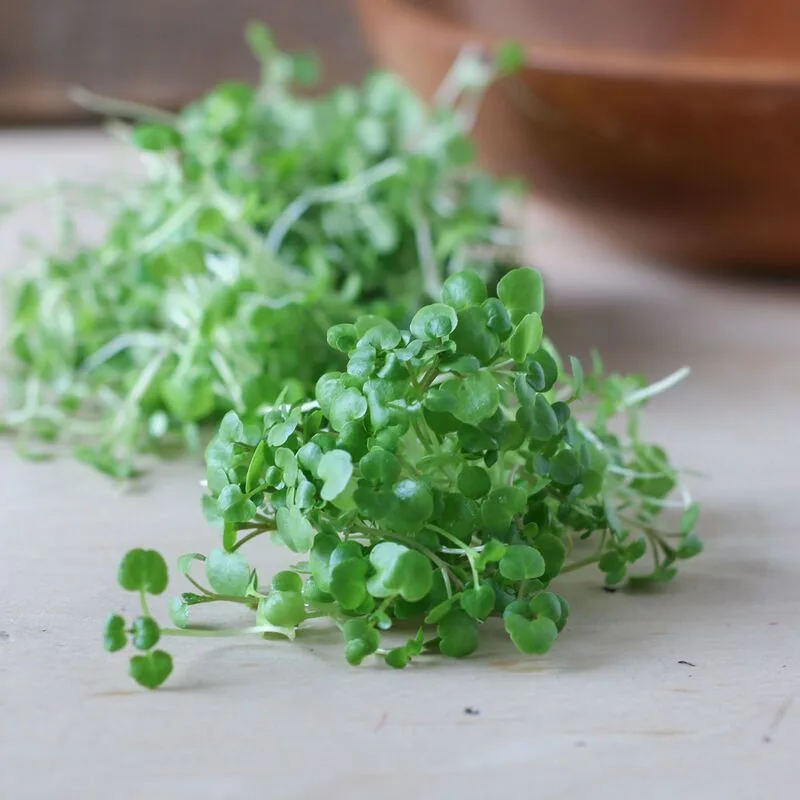
Watercress, with its peppery bite, stands out as a nutrient-dense green. This aquatic plant thrives in fresh water, bringing a crisp, refreshing flavor to salads and sandwiches. Its vibrant green leaves are more than just pretty—they’re packed with vitamins A, C, and K.
Adding watercress to your diet can boost your immune system, support bone health, and improve skin conditions. Historically, watercress was a staple in the diets of Roman soldiers. Today, it’s celebrated for its detoxifying properties and ability to add zest to any dish.
Consider using it in a simple salad to enjoy its full benefits.
Dandelion Greens
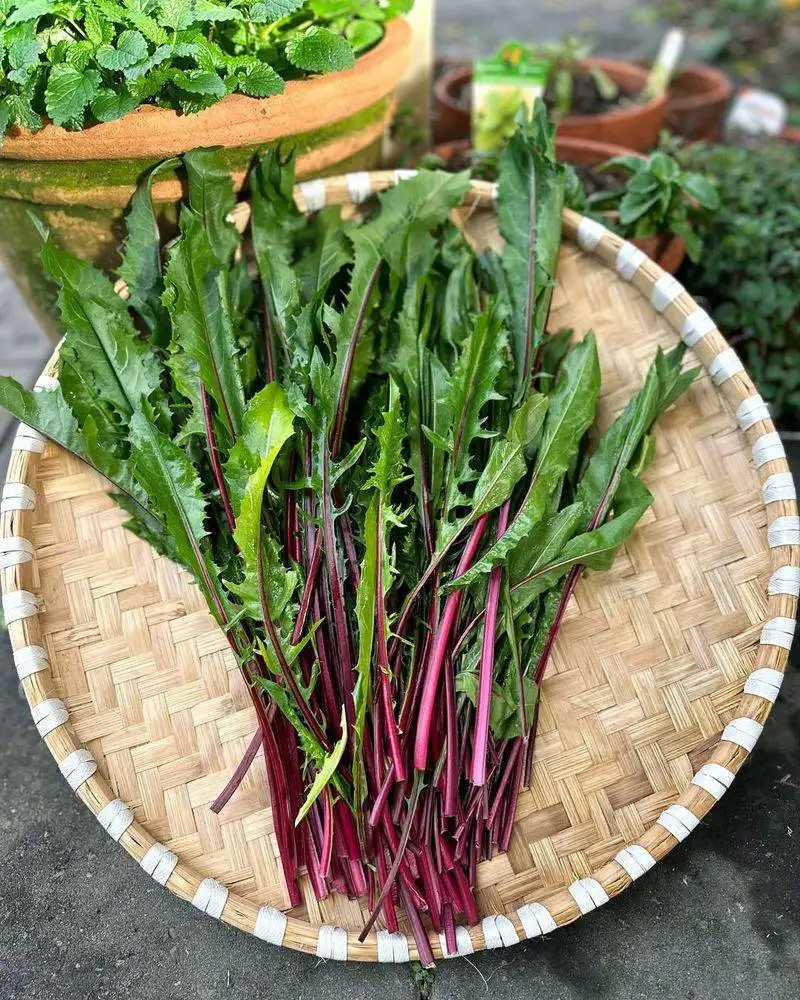
Dandelion greens offer more than just a bitter punch; they’re a powerhouse of nutrients. Rich in iron, calcium, and antioxidants, these greens have been part of traditional medicine for centuries.
Their slightly bitter taste makes them a fantastic addition to a mixed greens salad or sautéed with garlic. Dandelion greens support liver function and digestion, making them a favorite in health-conscious kitchens.
For a unique twist, try adding them to smoothies or juices. Known for their detoxifying effects, dandelion greens are a versatile and healthful choice.
Mizuna
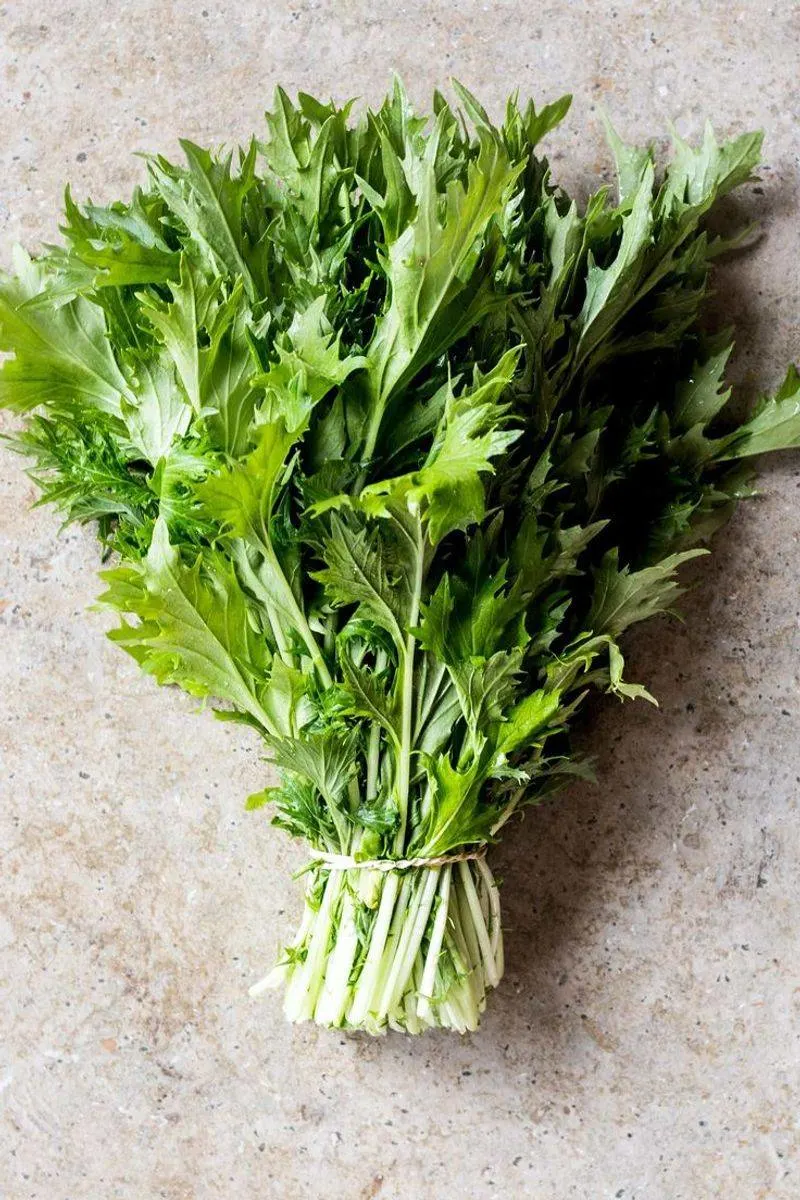
Mizuna, a staple in Japanese cuisine, combines mustardy spice with a mild sweetness. This leafy green is a treasure trove of nutrients, including vitamins A, C, and folate. Its frilly leaves and tender stems make it perfect for salads, stir-fries, and soups.
Mizuna’s subtle flavor ensures it complements rather than overpowers dishes. Historically, it was cultivated in ancient Japan and remains a beloved ingredient today. For an easy meal, toss mizuna with sesame oil and soy sauce for a quick side dish that tantalizes the taste buds.
Mizuna’s versatility makes it a must-try green.
Purslane
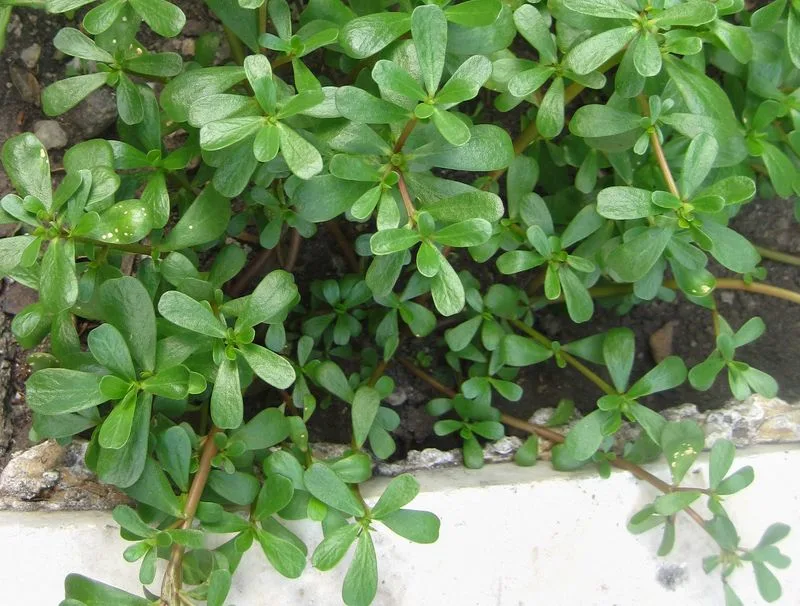
Purslane is a succulent green that might surprise you with its nutrient density. With a slightly sour and salty taste, it adds a unique flavor to dishes. Packed with omega-3 fatty acids, vitamins, and minerals, purslane is an impressive plant.
It’s often found in Mediterranean diets and can be tossed into salads or used as a garnish. Purslane’s thick leaves and stems are not only edible but also incredibly healthful. This green can thrive even in arid conditions, making it a resilient choice for gardeners.
Venture to try purslane in your next culinary creation.
Amaranth Greens

Amaranth greens, with their striking red and green hues, are a visual and nutritional delight. Known for their high protein content, these greens offer more than just aesthetics. Rich in iron and calcium, amaranth greens support bone health and muscle development.
Their slightly earthy flavor makes them a versatile addition to soups, stews, and curries. Indigenous to Central and South America, amaranth was a staple in ancient Aztec diets. Today, it’s favored for its nutritional benefits and ease of growth.
Add amaranth greens to your repertoire for a colorful, health-boosting option.
Chicory
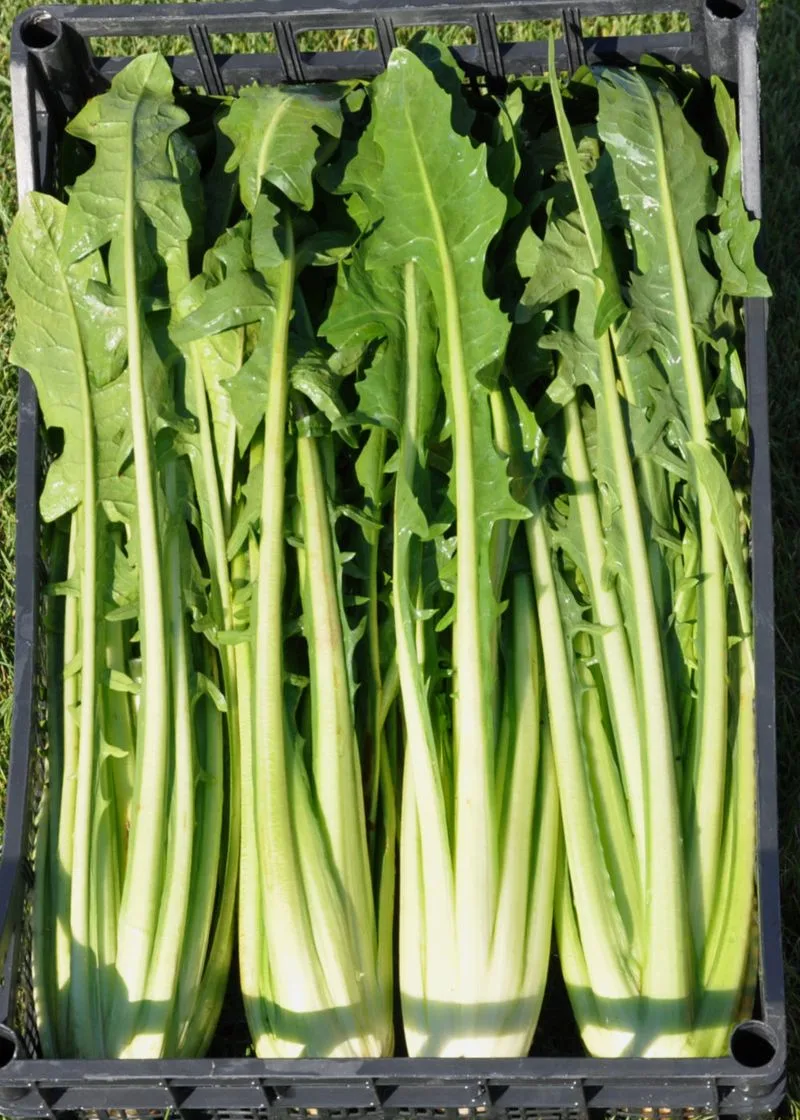
Chicory leaves offer a robust flavor profile that pairs well with both sweet and savory dishes. These greens are packed with fiber, which aids digestion, and contain essential vitamins like A, C, and K.
Chicory’s slightly bitter taste is perfect for balancing out rich flavors in dishes. Historically used in salads and as a coffee substitute, chicory has a unique charm. Its roots and leaves both offer culinary uses, making it a versatile plant.
Consider adding chicory to a roasted vegetable medley for a healthful and flavorful meal.
Sorrel
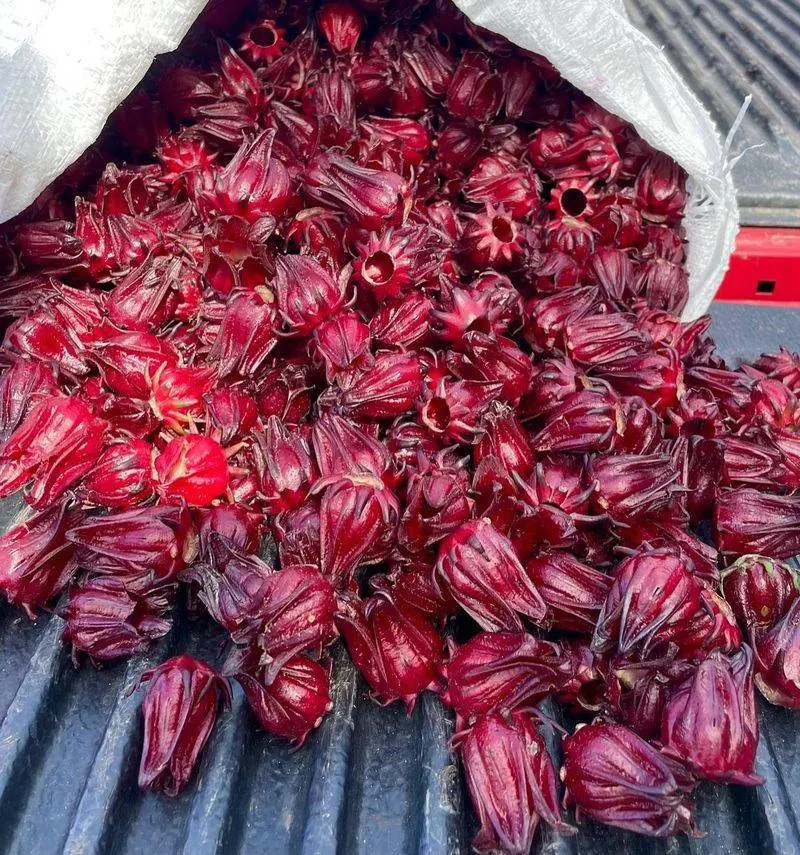
Sorrel’s tangy, lemony taste is sure to awaken your taste buds. This leafy green is high in vitamin C and potassium, offering numerous health benefits. Sorrel’s unique flavor makes it a fantastic ingredient in soups, sauces, and salads.
It’s a traditional component in Eastern European and French cuisines, where it’s prized for its ability to enhance dishes. Sorrel’s vibrant green leaves are not just delicious but also incredibly nutritious.
For an exciting twist, try incorporating sorrel into a creamy soup. Its refreshing flavor will elevate the dish.
Chard
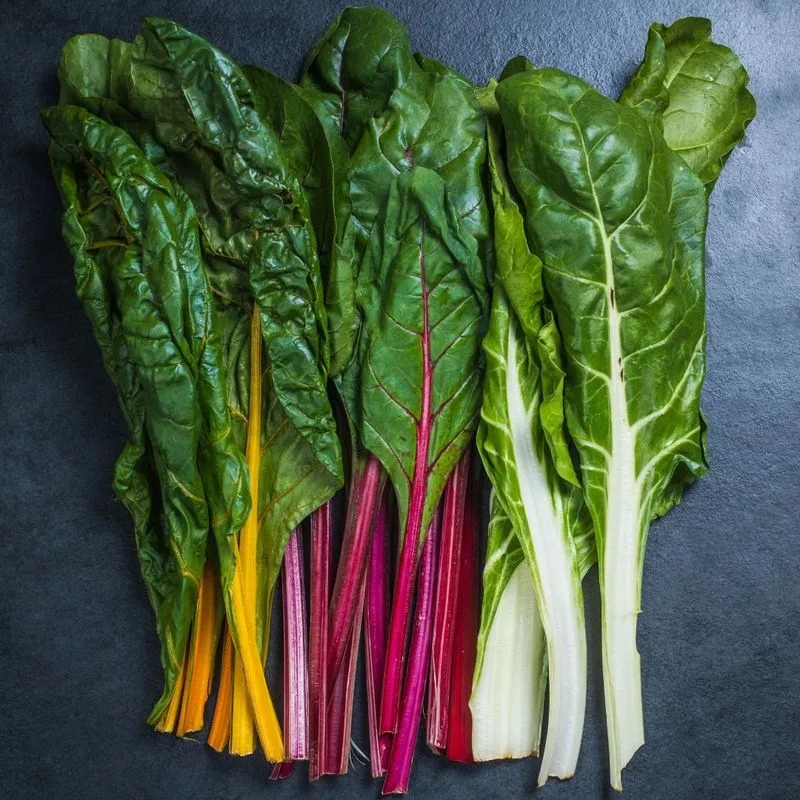
Chard, with its radiant stems and rich green leaves, is a garden delight. This leafy green is packed with vitamins A, C, and K, along with essential minerals like magnesium and potassium.
Chard’s mild flavor and tender texture make it a versatile green, perfect for sautés, stews, or raw in salads. Originating from the Mediterranean, chard has been a culinary favorite for centuries. Its vibrant colors add a visual appeal to any dish.
For a nutritious boost, try adding chard to a vegetable stir-fry. Its flavors blend seamlessly with various ingredients.
Endive
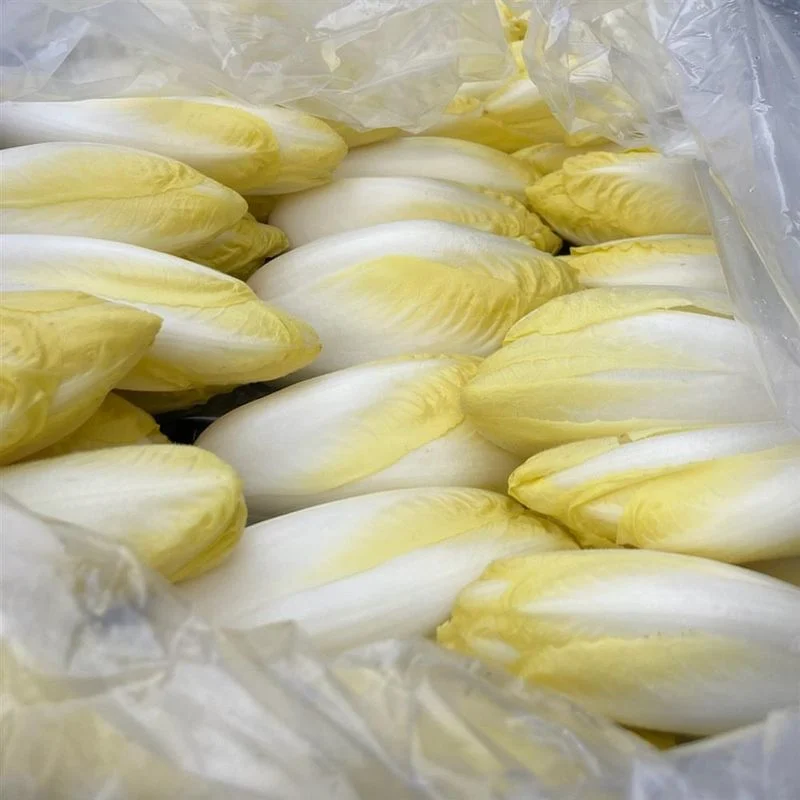
Endive, with its crisp texture and slightly bitter taste, is a standout among greens. This leafy vegetable is rich in fiber and folate, promoting digestive and heart health.
Endive’s crunchy leaves are perfect for dipping, salads, or even as a vessel for canapés. Its versatility makes it a favorite in both raw and cooked dishes. Originating from the Mediterranean region, endive has long been appreciated for its unique flavor.
Try incorporating endive into your next salad for a refreshing change from the ordinary.
Tat Soi
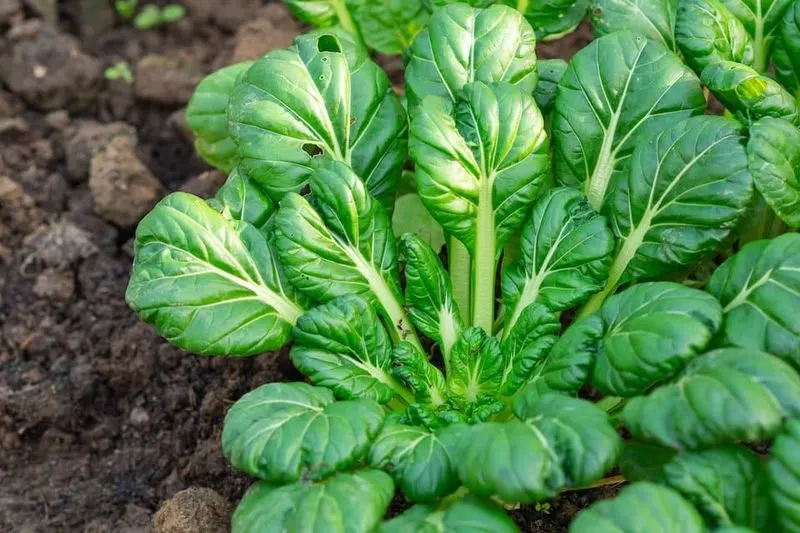
Tat soi, a member of the brassica family, offers a mild, mustardy flavor. Its spoon-shaped leaves are tender and delicious, providing a healthy dose of vitamins A and C.
This Asian green is perfect for stir-frying or adding to soups, where its subtle taste can shine. Tat soi grows well in cooler climates, making it a popular choice for fall gardens. Its compact growth habit also makes it ideal for small spaces.
For a quick side dish, sauté tat soi with garlic and sesame oil. Its gentle flavor complements a variety of cuisines.
Collard Greens
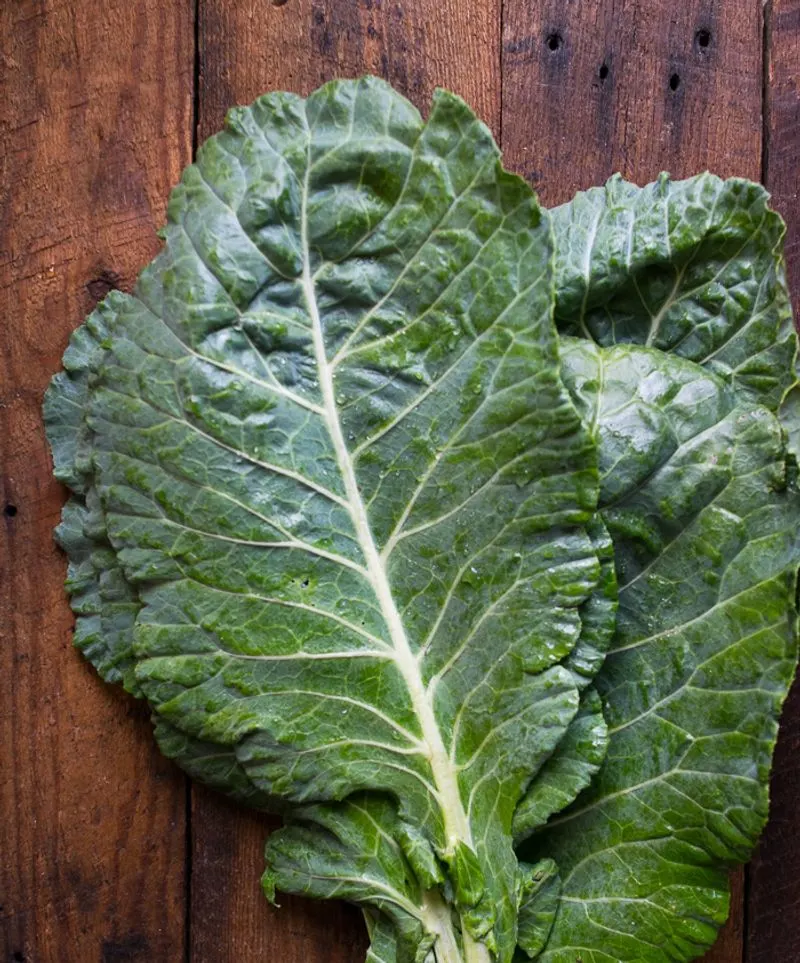
Collard greens have a hearty texture that’s perfect for robust dishes. These greens are rich in calcium, vitamin K, and fiber, which support bone health and digestion.
Traditionally used in Southern cooking, collard greens pair well with smoked meats and hearty grains. Their earthy flavor is both comforting and satisfying. Known for their resilience, collard greens can withstand cooler temperatures, making them a reliable garden staple.
Try braising collard greens with a touch of vinegar and spices for a flavorful side dish.
Radicchio

Radicchio’s bold red color and bitter taste make it a striking choice for salads and side dishes. Rich in antioxidants and vitamin K, it supports heart health and bone strength.
This Italian green is often grilled or roasted to mellow its bitterness, adding depth to various dishes. Radicchio’s unique flavor profile makes it a favorite among chefs seeking to add complexity to their creations.
For a gourmet touch, try grilling radicchio and drizzling it with balsamic glaze. Its flavors transform beautifully under heat, becoming tender and sweet.
Kale
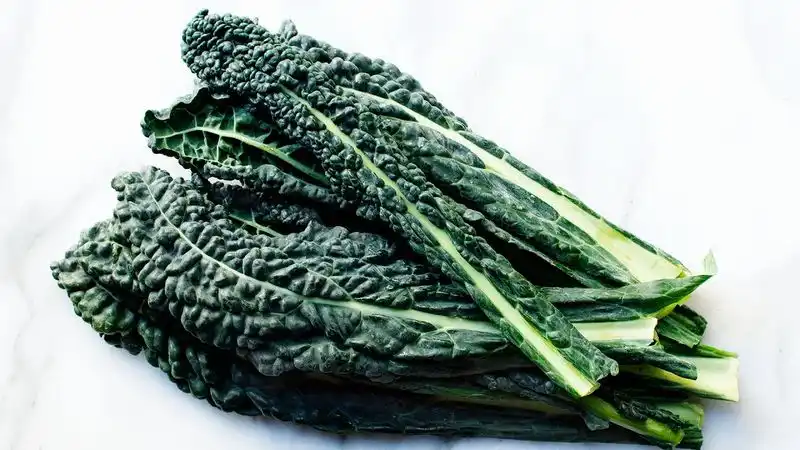
Kale, known for its robust texture and bold flavor, is a nutritional powerhouse. Packed with vitamins A, C, and K, along with antioxidants, it supports overall health and wellness.
This versatile green is perfect for smoothies, salads, or even baked into crispy chips. Kale’s popularity has soared in recent years, thanks to its impressive health benefits. Its slightly bitter taste becomes more palatable when cooked or massaged with dressing.
For a healthy snack, try baking kale chips seasoned with your favorite spices. It’s a crunchy, guilt-free treat.
Mustard Greens
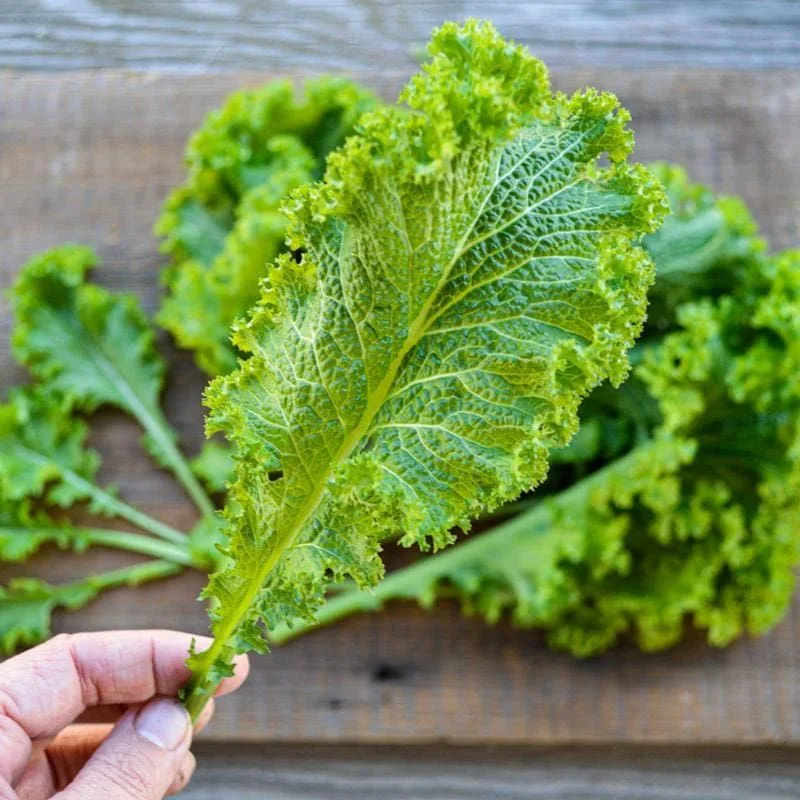
Mustard greens bring a peppery punch to the table, offering a bold alternative to more mild greens. Rich in vitamins A, C, and K, they boost immunity and bone health.
These greens are often used in Southern and Asian cuisines, where their spicy flavor enhances various dishes. Mustard greens can be sautéed, steamed, or added to salads for an extra kick.
Their vibrant color and distinct taste make them a standout ingredient. For a spicy side dish, try sautéing mustard greens with chili flakes and garlic.
Beet Greens
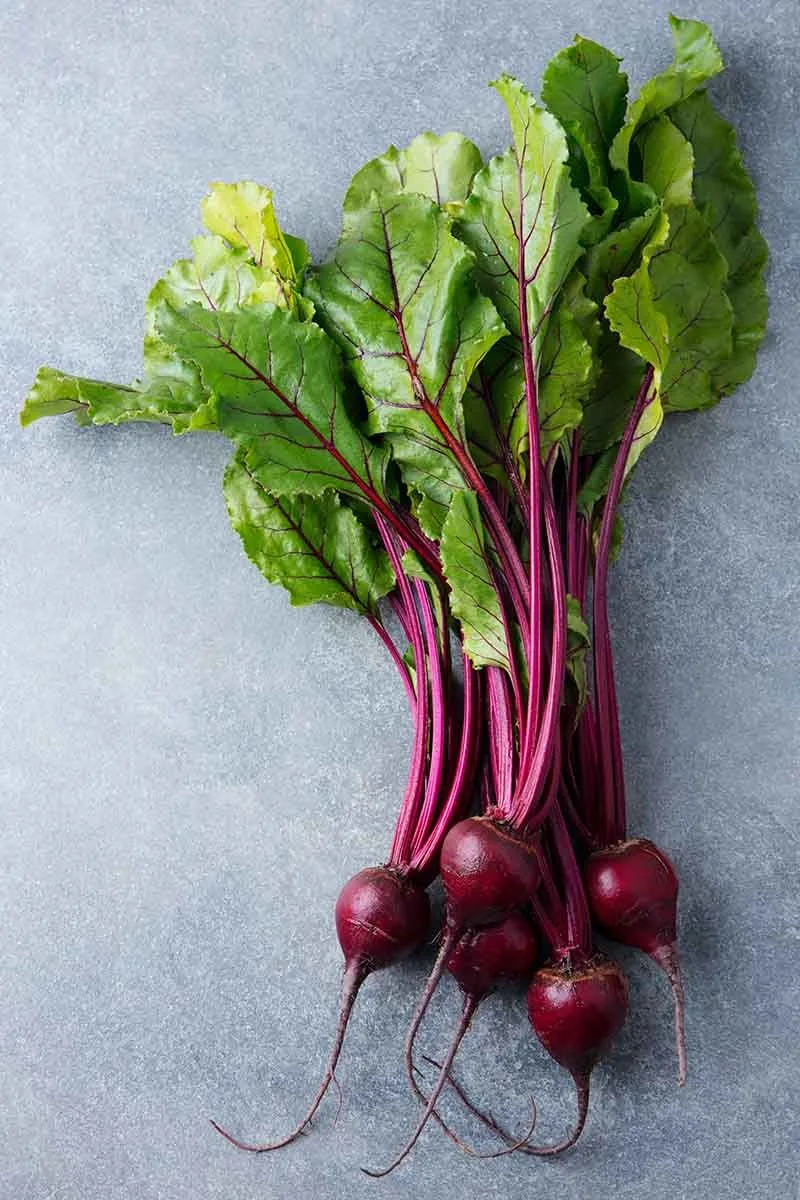
Beet greens, often overlooked, are a treasure trove of nutrients. These leafy tops of beets are rich in fiber, iron, and vitamins A and C. Their earthy flavor is similar to chard, making them a versatile choice for various dishes.
Beet greens can be sautéed, added to soups, or blended into smoothies for a nutritional boost. Their vibrant color and tender texture make them both appealing and delicious.
For a simple yet flavorful side, try sautéing beet greens with olive oil and lemon juice. Their taste is sure to impress.
Turnip Greens
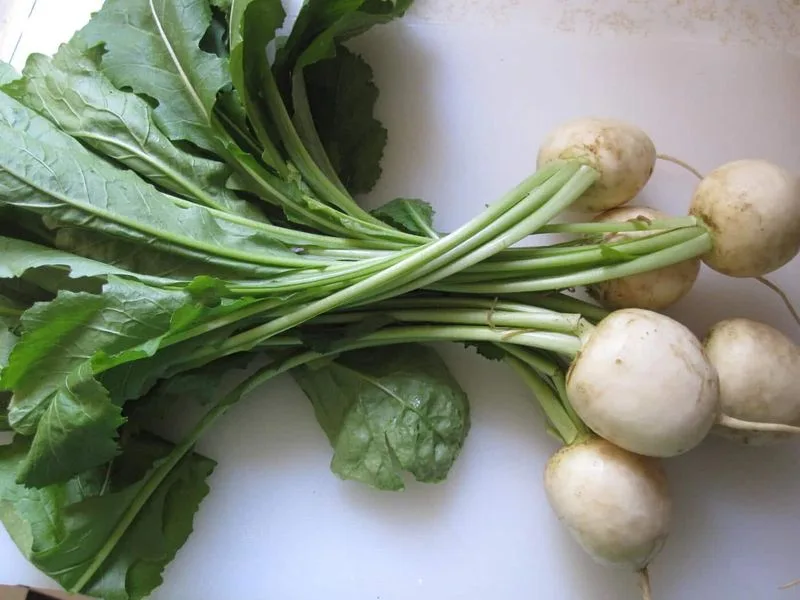
Turnip greens offer a robust flavor and a wealth of nutrients. Rich in vitamins A, C, and calcium, they promote overall health and vitality. Their slightly peppery taste pairs well with a variety of dishes.
Often used in Southern cooking, turnip greens are a staple in soul food cuisine. They can be braised, sautéed, or added to soups for a hearty meal. Turnip greens’ vibrant green color and tender texture make them an appealing choice.
For a classic dish, try cooking turnip greens with bacon and onions. It’s a savory delight.

